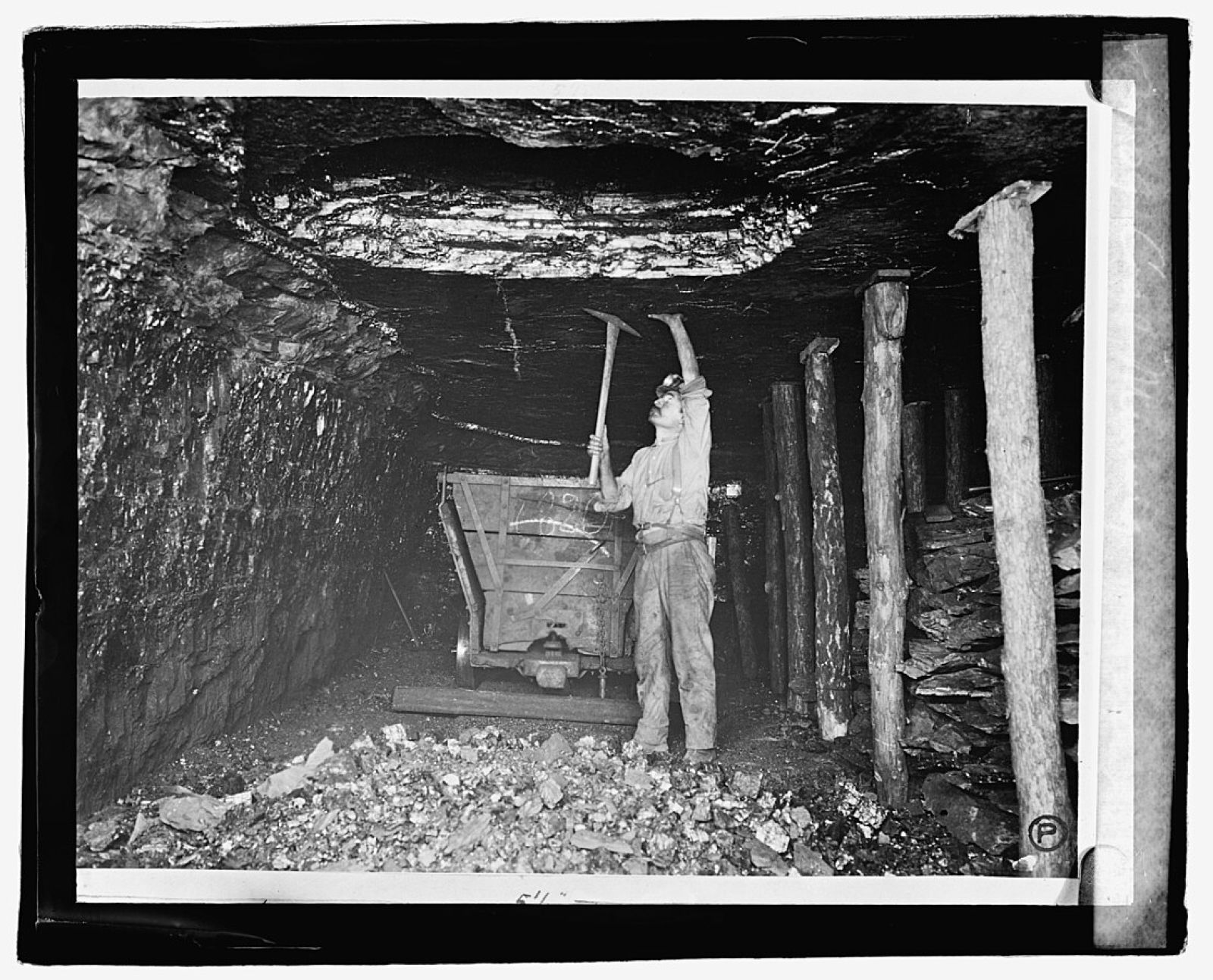💣 Abandoned mines: a major hidden source of CO₂ that worries scientists
Follow us on Google News (click on ☆)
When mine drainage water comes into contact with air, it releases CO₂ that escapes into the atmosphere. This degassing phenomenon occurs when waters loaded with sulfuric acid dissolve surrounding carbonate rocks, releasing carbon trapped for millions of years. Measurements taken at 140 abandoned mines in Pennsylvania show that their annual emissions are equivalent to those of a small coal-fired power plant, representing a significant contribution to climate change.

Drainage waters from abandoned coal mines release CO₂ into the atmosphere according to research by geochemist Dorothy Vesper.
Image Wikimedia
The major difficulty lies in identifying all these abandoned mining sites, whose exact number remains unknown. Dorothy Vesper and her team often have to traverse wooded areas to locate reported mines, but frequently discover that the openings have disappeared or that the flows have stopped. This lack of complete inventory prevents an accurate assessment of the overall impact of these emissions, which potentially affect all mining regions worldwide.
To measure these exceptional CO₂ concentrations, researchers had to use an instrument from the beverage industry, capable of detecting levels up to a thousand times higher than those in natural waters. This portable device, usually used in breweries and bottling plants, proved perfectly suited to the extreme conditions encountered in the field. The results obtained show significant temporal variations, linked to local hydrological conditions.
Simple solutions such as keeping underground flows in conduits or directing waters to treatment wetlands could significantly reduce emissions. These approaches would limit atmospheric degassing while treating mine pollution in a more comprehensive and sustainable manner.
The work presented at the GSA Connects 2025 conference opens new avenues for understanding and mitigating this little-known source of greenhouse gases. The scientific community is only beginning to realize the importance of these residual emissions, which could change our approach to managing abandoned mining sites worldwide.
Geological carbon and its fate
The carbon contained in carbonate rocks represents an immense natural reserve formed hundreds of millions of years ago. These geological formations were created by the accumulation of shells and skeletons of marine organisms, trapping atmospheric carbon from that era.
Mining activity disrupts this geological balance by exposing these ancient rocks to new chemical conditions. The galleries dug by humans create preferential flow paths for acidic waters, significantly accelerating natural erosion processes that would otherwise take millennia.
Once released, this ancient carbon joins the modern carbon cycle, contributing to increasing atmospheric CO₂ concentrations. Unlike recent carbon from fossil fuel combustion, this source had been largely ignored in carbon budgets until now.
The particularity of these emissions lies in their persistence: they can continue for decades, even centuries after mines are abandoned. This exceptional duration is explained by the slowness of geochemical processes and the colossal quantity of exposed carbonate rocks.